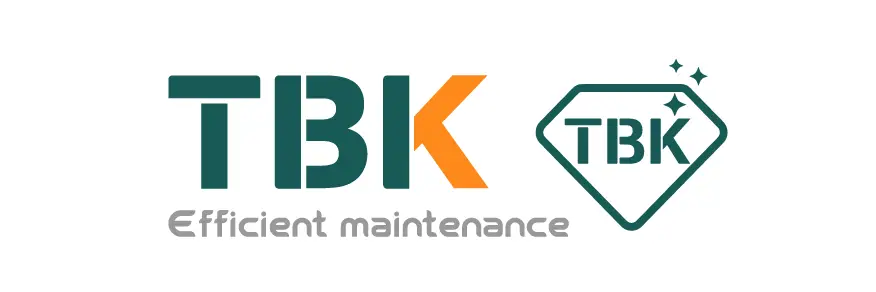Bubble-Free Screen Repair: Comprehensive Guide to OCA Bubble Remover Machines
Have you ever finished a screen repair only to find frustrating little bubbles trapped beneath the glass? This common issue can ruin an otherwise perfect job. The key to a flawless, professional finish lies in a crucial piece of equipment: the OCA bubble remover machine.
This guide will walk you through everything you need to know about these essential machines. You'll learn what they are, how to choose the right one, and the correct steps to use them for bubble-free results every time.
What is an OCA Bubble Remover Machine and Why is it Important?
An OCA (Optically Clear Adhesive) bubble remover machine, also called an autoclave, has one main purpose: to eliminate air bubbles trapped between the LCD/OLED screen and the glass during lamination.
How Does It Work?
The screen assembly is placed inside a high-pressure chamber. The intense pressure uniformly compresses the screen, forcing out any trapped air, ensuring the OCA glue bonds perfectly across the whole surface.
Using a bubble remover is a non-negotiable step for any serious repair technician because it directly affects the final quality, durability, and visual clarity of the repair.
How to Choose the Right OCA Bubble Remover Machine
Choosing the right machine depends on these key factors: your workspace, repair volume, and the types of devices you service.
Size and Capacity
-
The chamber size determines the number and size of devices you can process at once.
-
For technicians mainly repairing phones, a mini bubble remover machine may suffice.
-
If you also repair tablets or want to handle multiple phones simultaneously, a larger chamber is needed.
-
A larger capacity improves workflow and efficiency.
Built-in vs. Separate Air Compressor
-
Bubble removers need an air compressor to generate pressure.
-
A separate air compressor adds setup steps and takes up more space.
-
An all-in-one machine with a built-in air compressor saves space and simplifies workflow.
-
Example: The TBK-405 Autoclave Bubble Remover Machine (15-inch) combines a large capacity with an ultra-quiet, built-in compressor. It fits multiple phones and tablets, making it very versatile.
Safety Features
-
High pressure requires strict safety precautions.
-
Important features include a self-locking door sensor to prevent operation unless the door is securely closed.
-
The TBK-405 features a durable, one-piece aviation aluminum chamber for a perfect seal, plus a self-locking sensor for safe use.
Versatility
-
Some advanced machines serve multiple functions.
-
The TBK-405 can also function as a standalone air compressor to power other pneumatic tools, adding value and utility to your workshop.
How to Use an OCA Bubble Remover Machine: Step-by-Step
Using an OCA bubble remover is straightforward. Always check your machine’s manual, but here is a general guide:
Step 1: Preparation
Clean the laminated screen assembly to remove dust and debris. Place the bubble remover machine on a stable surface and connect it to power.
Step 2: Set the Parameters
Adjust pressure and temperature according to your screen type and OCA film. Typically, set around 100 PSI for 5-10 minutes.
Step 3: Place the Screen Inside
Open the chamber door carefully. Lay the screen assembly flat inside, avoiding contact with chamber sides.
Step 4: Secure the Door and Start Cycle
Close and lock the door securely. Start the pressure cycle using the control panel. The machine will build pressure to the preset level automatically.
Step 5: Depressurize and Inspect
When the cycle ends, the machine will release pressure automatically. Wait until the gauge reads zero, then open the door. Inspect the screen under bright light to ensure all bubbles are gone.
Expanding Your Toolkit: Other Essential OCA Accessories
Besides the bubble remover, these tools help achieve professional OCA screen repairs:
OCA Glue Remover Machine
Safely removes old, hardened adhesive from LCD screens without damage, preparing the surface for new OCA film.
OCA Punching Machine
Precisely cuts universal OCA film to match camera, sensor, and earpiece hole dimensions specific to each phone model.
Lamination Machine
Used before the bubble remover, it aligns and presses the new glass with OCA film onto the LCD. This is the step where bubbles are most likely introduced.
Conclusion
An OCA bubble remover machine is essential, not a luxury, for anyone serious about top-quality screen repairs. By choosing the right machine focused on capacity, integration, and safety, you can streamline your workflow. Following proper operational steps will help you consistently achieve professional, bubble-free results that satisfy your customers every time.































